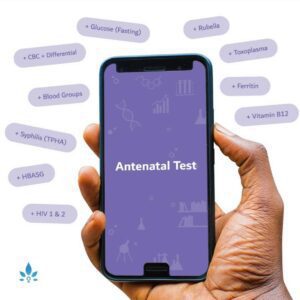Are Home Births Safe?


While home births account for only about 0.6 percent of all births in the United States, they have gained increasing visibility in recent years, especially in the media.
Women opt for home births for various reasons: they want the comfort of being in their own environment; they would like to avoid medical interventions, or they prefer to not “medicalize” childbirth. Whatever the reason, it’s important to know the risks and benefits of deciding to give birth at home.
An October 2013 study in the American Journal of Obstetrics and Gynecology shed some interesting light on home births. The study is noteworthy for a few reasons: it was done in the United States (this is important because other countries’ healthcare systems don’t always mirror ours, so applying their home birth data to the U.S. is not always accurate) and it included almost 14 million deliveries—that’s a lot of babies!
The study found that babies born at home or in freestanding birth centers (not within a hospital) were significantly more likely to have seizures, neurologic dysfunction, or an Apgar score of zero at 5 minutes. An Apgar score is a general score of a baby’s health at birth. It measures things like a baby’s heart rate, breathing, and muscle tone. A score of zero means a baby has no signs of life. According to the study, home births are associated with an almost ten-fold increased risk of having a low Apgar score. Put another way, out of 1,000 babies born in a hospital, fewer than one of them would have a score of zero. That number increases to almost two babies out of 1,000 when delivered at home. That may not sound like that big a difference, but it is significant if that outcome personally affects you.
So what are the benefits of home births? Studies have shown that women who birth at home have fewer C-sections, episiotomies, and forceps/vacuum deliveries, and they also have lower rates of infection and vaginal tearing.
The American Congress of Obstetricians/Gynecologists’ (ACOG) official position is that hospitals and birth centers within hospitals are the safest place to deliver (and this was before the October 2013 study was done). However, ACOG does state that a woman’s right to choose to birth at home should be respected, but that providers are obligated to discuss the risks and benefits of home births. Home deliveries should only be reserved for the lowest-risk women with access to safe and timely emergency transport should it be needed, and mothers should be attended by certified midwives or certified nurse-midwives who are highly trained.
There are ways to make hospital births less institutional and more home-like, such as delivering with a hospital midwife, wearing your own clothes, moving freely during labor, and intermittent fetal monitoring. If you have these preferences, be sure to discuss them with your provider ahead of time. Doing so can result in a hospital birth that allows you some of the comforts of home, with access to immediate emergency care should it be needed.
Reviewed by Dr. Jen Lincoln, November 2018
Sources:
- American Congress of Obstetricians/Gynecologists
- Committee Opinion #476: Planned Home Birth.
Grunebaum, A - et al
- Apgar score of 0 at 5 minutes and neonatal seizures or serious neurologic dysfunction in relation to birth setting
- Am J Obstet Gynecol 2013;209:323.e1-6.
Powered by Bundoo®












































